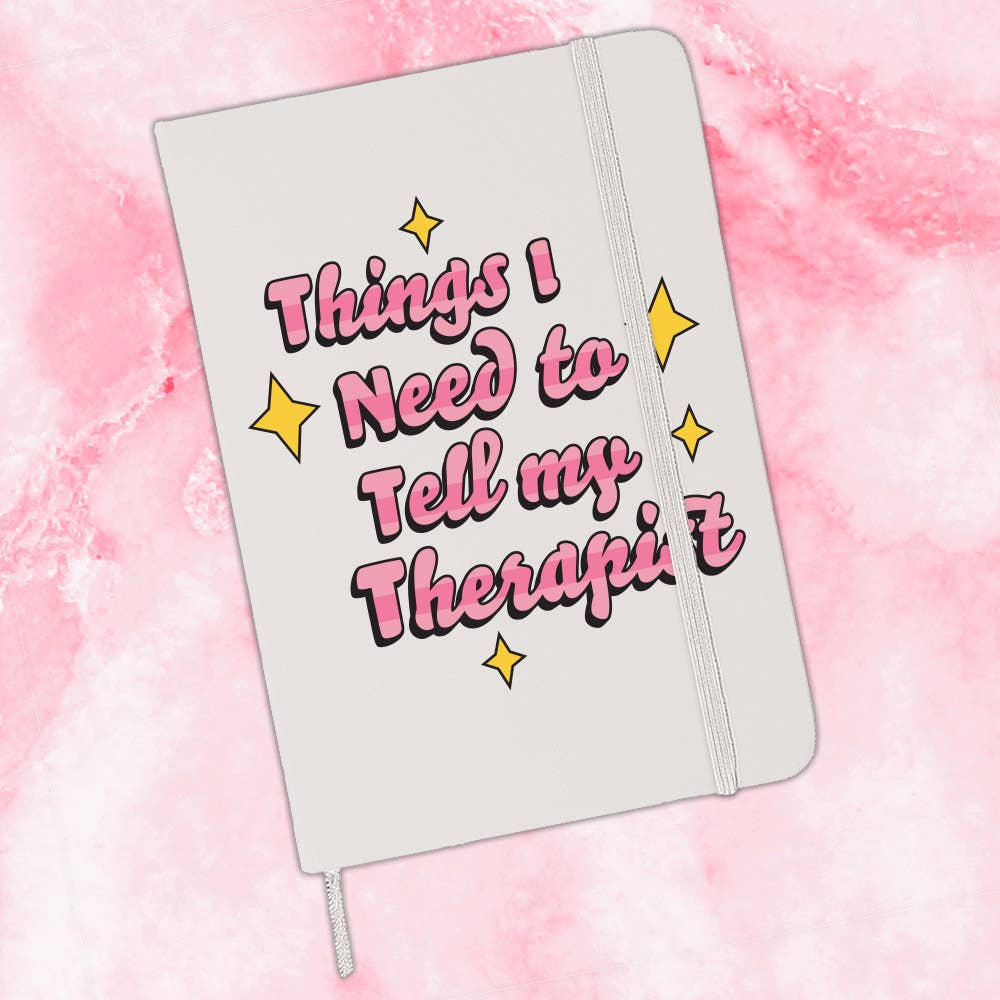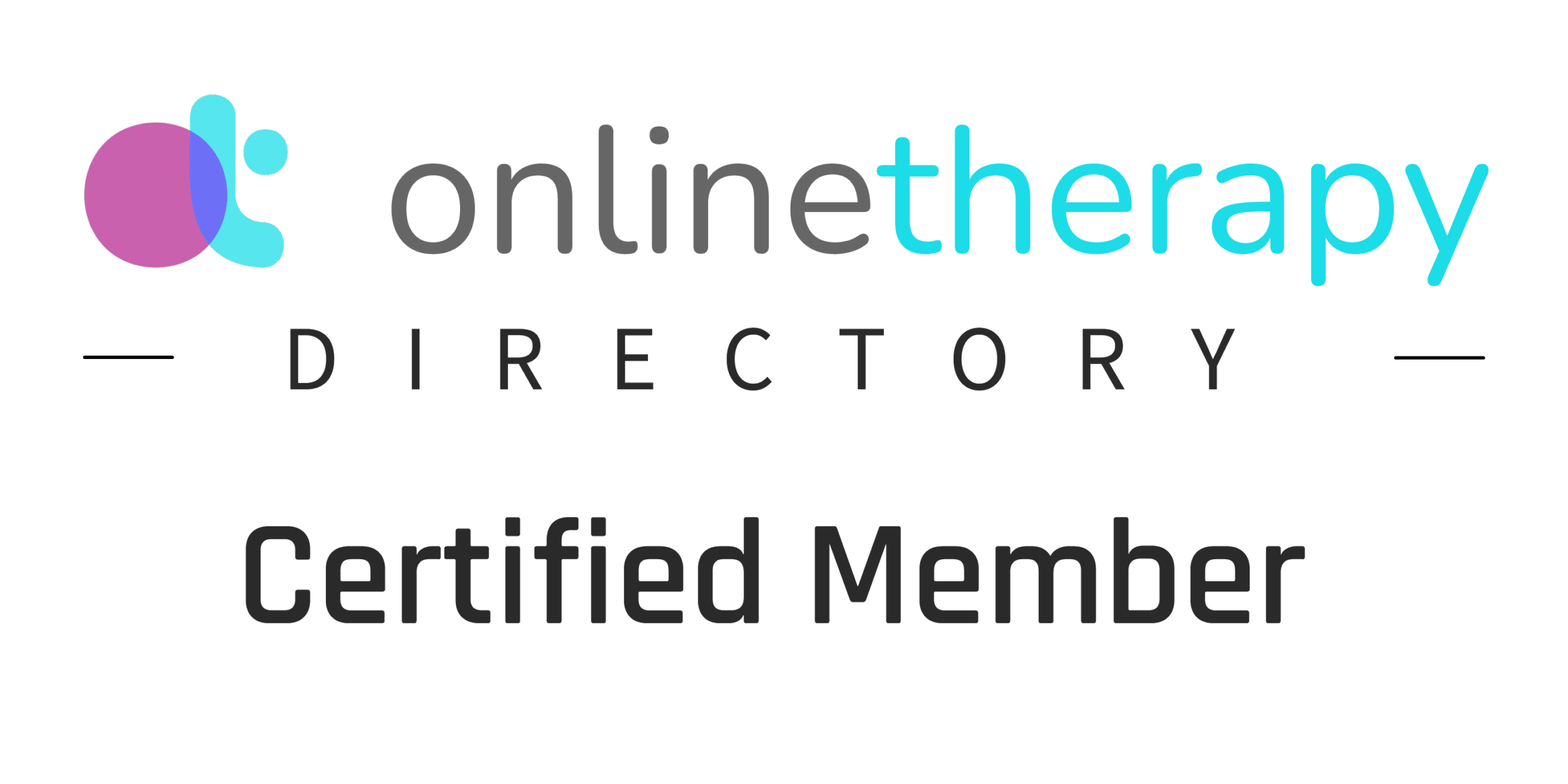How to Make the Most Out of Therapy: A Trauma Therapist’s Guide to Meaningful Progress

By Valeriya Bauer, a Trauma Psychotherapist
Whether you’re engaging in trauma therapy, EMDR therapy, individual therapy, or relationship therapy, one question I don’t hear often enough is: How do I make the most out of therapy?
As a trauma psychotherapist offering both online sessions and in-person sessions in Westlake Village and the surrounding areas of Thousand Oaks, Agoura Hills, Calabasas, Oak Park, Ventura, Los Angeles, and throughout California, I work with individuals navigating everything from narcissistic abuse and emotional abuse to deep-rooted childhood trauma. Over time, I’ve learned that meaningful change in therapy doesn’t just happen in the room—it happens when you intentionally engage with the process. Here is a breakdown of my thoughts on this question:
1. Bring Something to the Table
One of the most effective ways to get more out of therapy is to show up each session with content—something specific you want to explore. This might be a triggering moment from your week, a memory that surfaced, or a strong emotional reaction you had. In my work, especially in somatic trauma therapy and dialectical behavior therapy (DBT), we begin each session by checking in about your week. I often ask my clients to keep a journal or log of significant events, thoughts, and emotions so that nothing important gets forgotten.
Without tracking what’s happening in your daily life, therapy can feel unfocused. You might walk into the session not even remembering what felt upsetting just a few days earlier. Having a written record helps us go directly to the pain point, explore thought patterns, and identify blind spots—all essential steps for healing from trauma, emotional abuse, or sexual abuse.
2. Set Clear Goals—and Revisit Them Often
Therapy works best when it has direction. While I bring expertise in trauma-informed care and various modalities like EMDR and mindfulness-based therapy, you are the expert on your own life. Coming into therapy with clear goals—whether it’s learning to set boundaries in relationships, healing from narcissistic abuse, or working through childhood trauma—helps me tailor the process to your unique needs.
And remember: your goals can and should evolve. In trauma therapy, especially, new memories and insights often surface. Something you didn’t recognize as trauma six months ago may suddenly feel like a key part of your healing journey. When that happens, your therapy goals should shift to reflect the new work ahead.
If your goals haven’t changed in over a year, it might be time to reassess. Is the therapy helping? Do you need more frequent sessions or a higher level of care, like a partial hospitalization program (PHP)? Or perhaps you’re in a place where therapy is simply helping you not get worse—and that’s okay, too. Sometimes therapy is about maintenance and support, not just transformation.
3. Keep a Therapy Journal
So much happens in each therapy session that it’s easy to forget what was said, especially for clients processing complex trauma or dissociation. That’s why I recommend keeping a therapy journal. Write down what resonated with you, what didn’t, what you want to explore more deeply, and any homework your therapist assigns.
Clients in my Westlake Village and Los Angeles practices who engage in EMDR therapy or somatic trauma therapy often report insights or sensations after sessions. Logging these can provide rich material for future sessions and deepen your self-awareness between appointments.
4. Be Curious—and Uncomfortable
Therapy is not just about feeling better. It’s about getting better—and that often means leaning into the discomfort. If there’s a part of your life that feels emotionally charged or foggy, that’s exactly where we want to go. Ask questions. Challenge your patterns. Use the therapy room to practice emotional vulnerability and radical honesty.
I always encourage clients to bring in the uncomfortable topics—the memories, the questions, the doubts. Especially when doing deep trauma work, it’s in those places of discomfort where healing often begins.
5. Do the Work Outside of Session
Therapy is not just the 50-53 minutes you spend with me each week. True change comes from applying what you’ve learned outside the therapy room. Ask for homework if that’s something you’re open to. Then actually do it—and bring back your experiences, questions, and insights to the next session.
This is particularly crucial in modalities like dialectical behavior therapy, EMDR, and mindfulness-based therapy, where the tools we use are designed to be practiced. Whether you’re learning distress tolerance skills, tracking emotional triggers, or doing trauma resourcing, your ability to implement these tools in real life is what helps rewire your brain and helps you develop new, healthier patterns.
Final Thoughts
Therapy is a commitment—to yourself, your healing, and your growth. The more intention you bring into the room, the more meaningful your outcomes will be. Whether you’re doing trauma therapy, relationship therapy, or recovering from narcissistic or sexual abuse, your participation—tracking, goal-setting, journaling, practicing—is essential.
As a trauma therapist serving clients in Ventura, Calabasas, Oak Park, and throughout California, my role is to walk beside you. But the work? That’s yours. And you’re capable of doing it.
About Valeriya Bauer
Valeriya Bauer is a psychotherapist specializing in trauma therapy, EMDR therapy, somatic trauma therapy, mindfulness-based therapy, and dialectical behavior therapy. She offers both in-person sessions in Westlake Village and surrounding areas and online sessions across California. Her trauma-informed care helps guide clients to heal from narcissistic abuse, emotional abuse, sexual abuse, and other complex life experiences.




